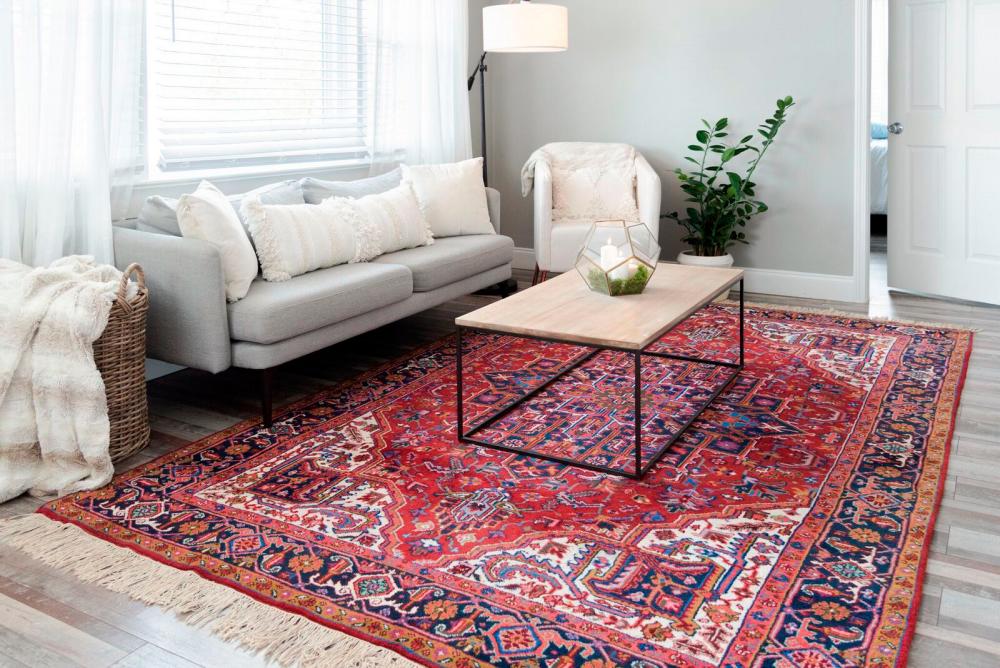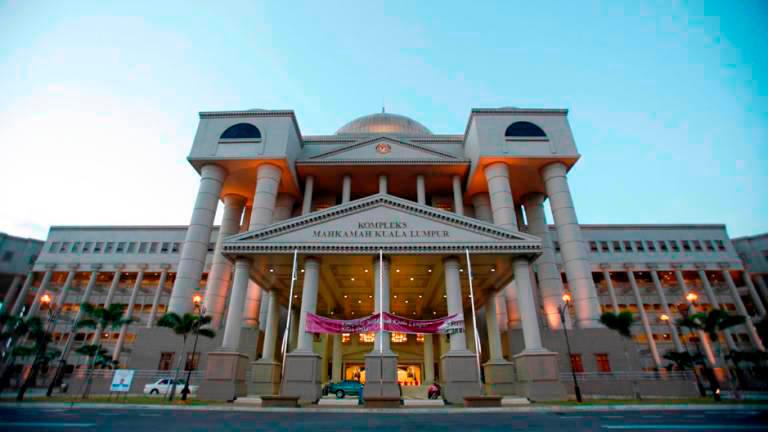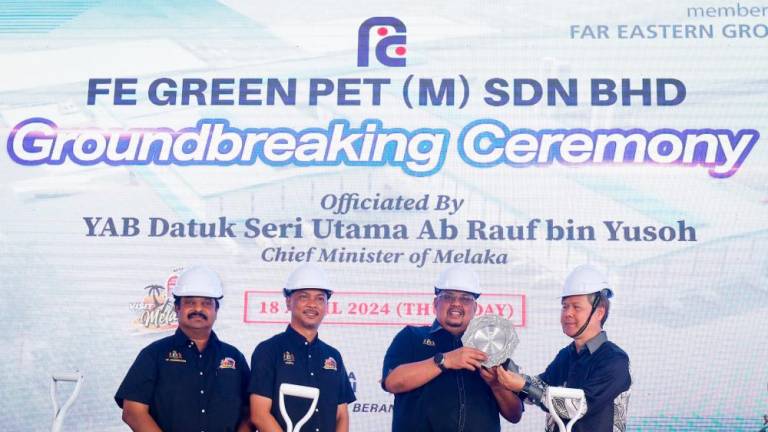THE world’s oldest known carpet goes all the way back to the 5th century BCE – and it is a Persian rug. Due to the expertise and skills required to produce them, Persian rugs have been considered a luxurious possession since the beginning.
Antiquities experts and amateur enthusiasts have long praised Persian rugs for their beauty and remarkable quality. Renowned for their rich colours and unique designs as well, these Persian rugs are made of all-natural stuff such as wool, silk, and vegetable dyes, rather than synthetic materials. That is why, apart from just being rugs for floor coverings, they are also considered works of art.
Persian rugs are also recognised for their quality and durability due to their exquisite workmanship. With careful care and maintenance, they will endure for generations and their worth can frequently increase.
This is the craft’s most distiguished characteristic, and the primary reason why these items remain so popular even today. Let’s explore the various kinds of Persian rugs and their design interpretations.
Types of Persian rugs
There are usually three different types of Persian rugs, including city, village, and tribal. Each one bears the name of the town or tribe that produced it.
1. City rugs
The city rugs are known for their superior quality and are woven in organised workshops by weavers who follow a layout blueprint on paper. The Iranian city rug weavers are recognised as “master weavers”, and some of them sign their work as if it were a work of art. The majority of city weavers are men, and weaving is often their sole source of income. These types of city rugs includes those from Nain, Tabriz, Qum, and Esfahan.
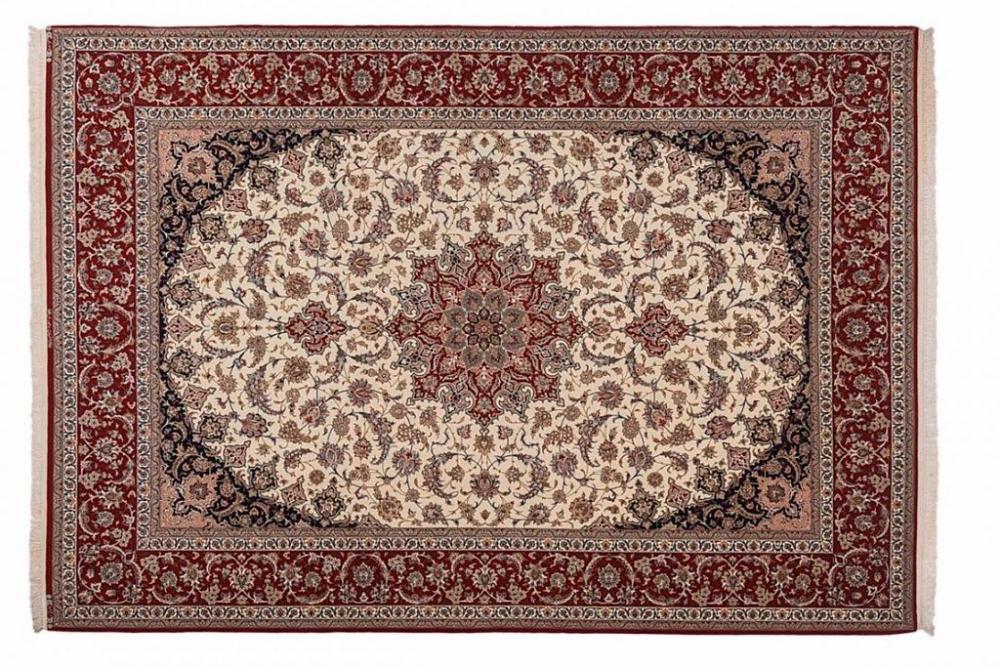
-> Esfahan
This ancient city is located in west central Iran and is one of the most popular destinations to visit, with beautiful art, architecture, palaces, and old bridges. Hence, mosque tilework and palace gardens frequently serve as inspiration for the designs together with numerous floral patterns. They are often considered to be among the highest-quality rugs available due to their high knot count and widespread acclaim.
2. Village and tribal rugs
Rugs which have been woven in villages or by members of local tribes are often made by families. They weave the rugs, often from memory or travel-inspired ideas, and sell them as a secondary source of income. Consequently, the design is more fluid and flexible. As opposed to being woven in a large-scale, structured workshop like those seen in urban areas, these rugs are often produced in houses or tents.
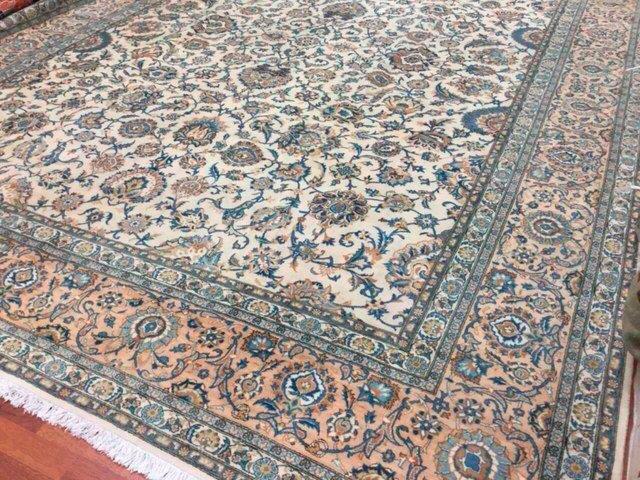
-> Kashan (Village)
Antique Kashan carpets are among the finest Persian rugs. They are woven in the Kashan workshops of north central Iran.
When one thinks of a traditional “Persian rug”, it is often Kashan carpets from the past that come to mind, as they are among the best Persian rug examples, and are rich in floral patterns with red and navy blue colours.
Other well-liked Kashan tones include cream and pistachio green. They are popular with both central medallions and all-over patterns. They are also known to be one of the most durable of all Persian rugs due to the wool from that particular area being thick and fairly solid.
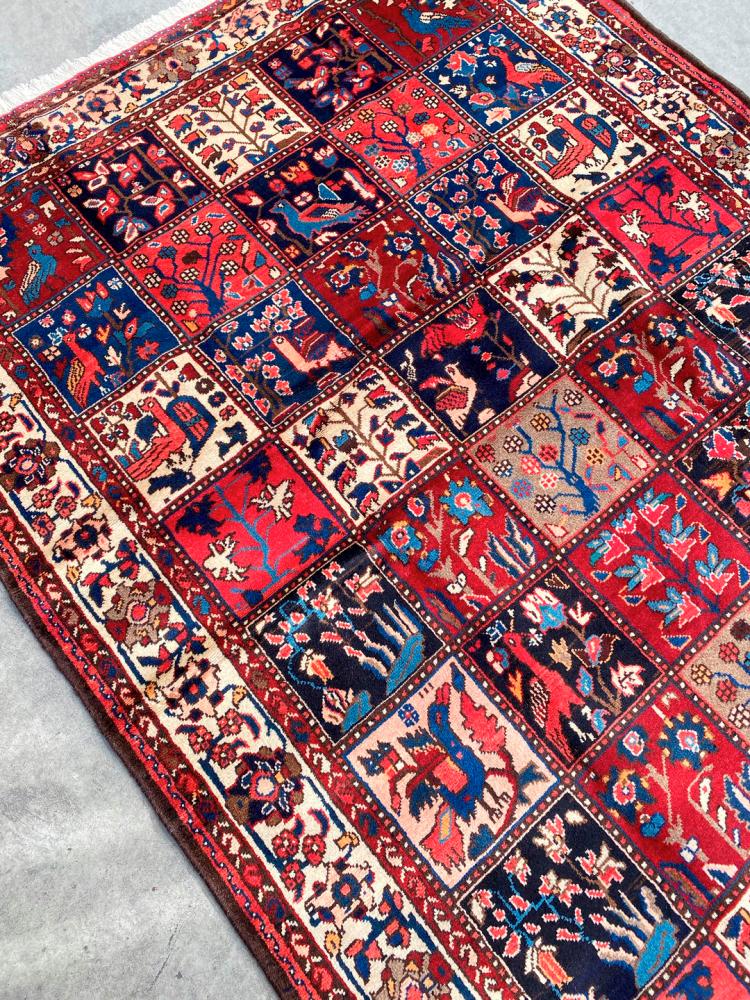
-> Bakhtiari (Tribal)
Antique Bakhtiari rugs, also known as Bakhtiar or Bachtiar, were handmade in Iran’s Zagros Mountains by local villagers and nomads. Bakhtiari rugs are mostly geometric, sometimes semi-geometric, and rarely have curves in the pattern.
The designs are thick, with strong hues including deep reds, bright blues, navy, greens, brown, and beige extensively applied.
The garden design is the most common Bakhtiari design, and it consists of square, rectangular, diamond, or hexagon compartments filled with floral motives such as a willow tree, cypress tree, grapevine, vase, or a bird sitting on a branch. Each compartment has a different colour and theme from the ones next to it.



